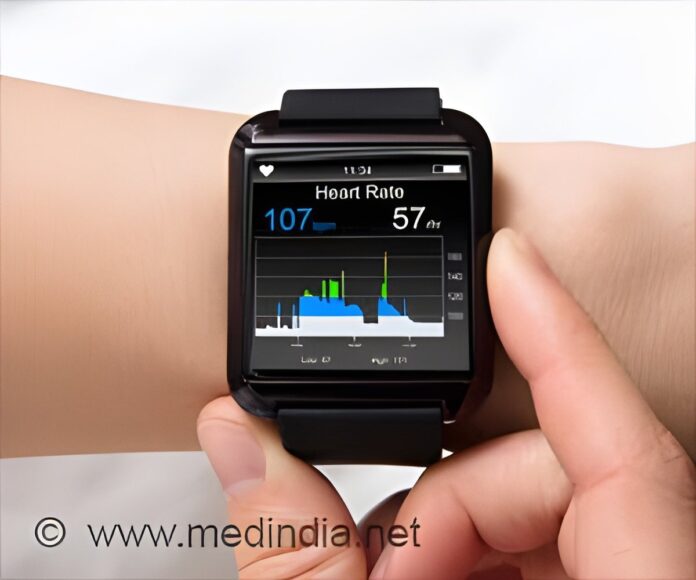Wearable health technology, like smartwatches, can help people with Type 2 Diabetes stick to exercise routines, improving blood sugar, blood pressure, and overall health.
Wearable health technology can help people with Type 2 Diabetes (T2D) stay on track with exercise routines that manage their condition, a new study reveals.
Advertisement
Smartwatches can Keep Diabetes in Check
Researchers studied the behavior of recently-diagnosed T2D patients in Canada and the UK as they followed a home-based physical activity programme – some of whom wore a smartwatch paired with a health app on their smartphone.
Advertisement
MOTIVATE-T2D Intervention: Managing Diabetes with Wearable Technology
They discovered that MOTIVATE-T2D participants were more likely to start and maintain purposeful exercise at if they had the support of wearable technology- the study successfully recruited 125 participants with an 82% retention rate after 12 months.
Publishing their findings in BMJ Open, an international group of researchers reveal a range of potential clinical benefits among participants including improvements in blood sugar levels and systolic blood pressure (1✔ ✔Trusted Source
Mobile Health Biometrics to Enhance Exercise and Physical Activity Adherence in Type 2 Diabetes (MOTIVATE-T2D): a Feasibility Randomised Controlled Trial
Go to source).
Co-author Dr. Katie Hesketh, from the University of Birmingham, commented: “Our findings support the feasibility of the MOTIVATE-T2D intervention – paving the way for a full-scale randomized controlled trial to further investigate its clinical and cost-effectiveness.
Advertisement
Wearable Technology and Exercise: A Winning Combo for Type 2 Diabetes Control
“We found that using biometrics from wearable technologies offered great promise for encouraging people with newly diagnosed T2D to maintain a home-delivered, personalized exercise programme with all the associated health benefits.”
Researchers found that, as well as the encouraging data for blood sugar and systolic blood pressure, the programme could help to lower cholesterol and improve quality of life.
The programme saw participants gradually increasing purposeful exercise of moderate-to-vigorous intensity – aiming for a target of 150 minutes per week by the end of 6 months and supported by an exercise specialist-led behavioral counseling service delivered virtually.
MOTIVATE-T2D used biofeedback and data sharing to support the development of personalized physical activity programmes. Wearable technologies included a smartwatch, featuring a 3D accelerometer and optical heart rate monitor, synced with an online coaching platform for the exercise specialist and web/smartphone app for participants.
“The programme offered a variety of workouts, including cardio and strength training, that could be done without the need for a gym,” added Dr. Hesketh. “Its goal is to make exercise a sustainable part of daily life for people with Type 2 Diabetes, ultimately improving their physical and mental health.”
The feasibility trial recruited participants aged 40-75 years, diagnosed with T2D within the previous 5-24 months and managing their condition through lifestyle modification alone or Metformin.
References:
- Mobile Health Biometrics to Enhance Exercise and Physical Activity Adherence in Type 2 Diabetes (MOTIVATE-T2D): a Feasibility Randomised Controlled Trial – (https://bmjopen.bmj.com/content/15/3/e092260)
Source-University of Birmingham


